Registered with the Registrar of Newspapers for India under R.N.I 53640/91
Vol. XXVII No. 11, September 16-30, 2017
PoochiVenkat introduces his book on insects
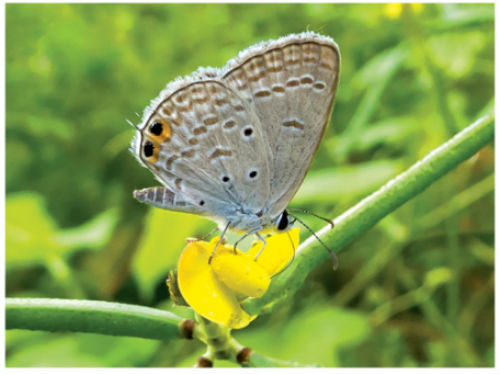
Gram Blue.
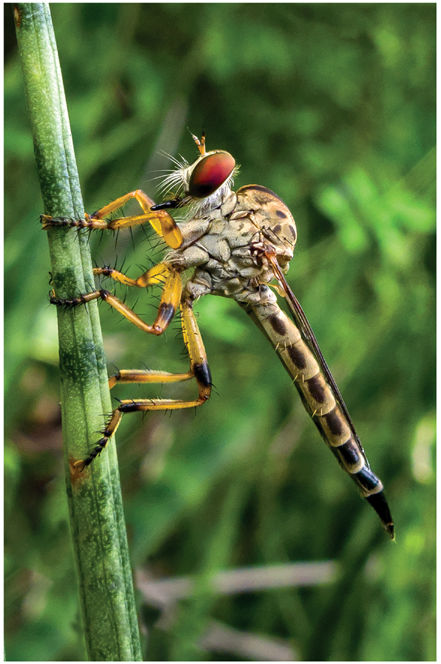
Robber Fly.
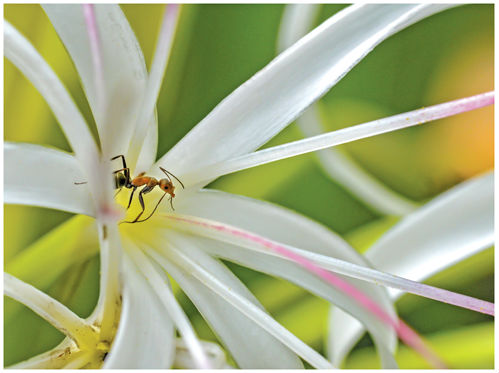
Ant.
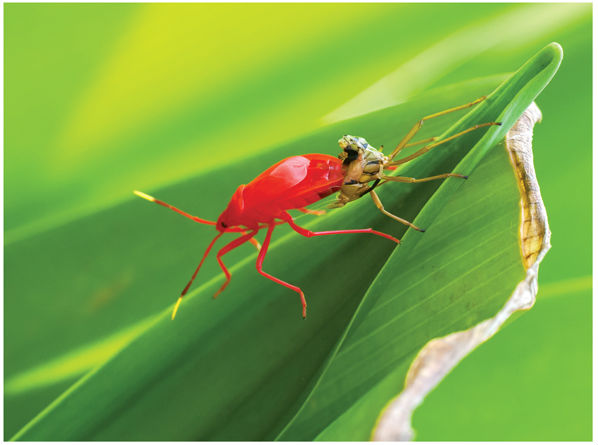
Red Cotton Bug.
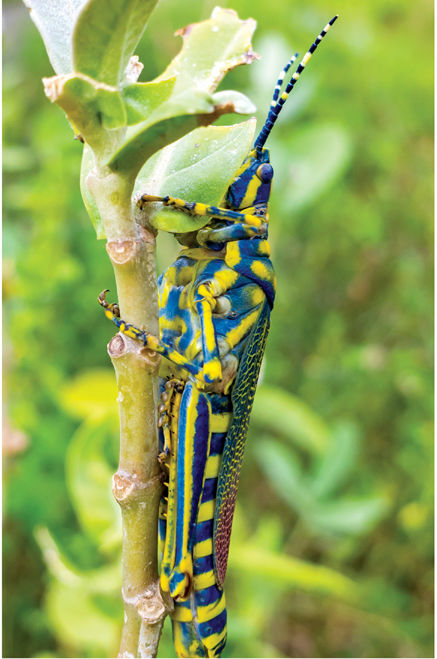
Milkweed Grasshopper.
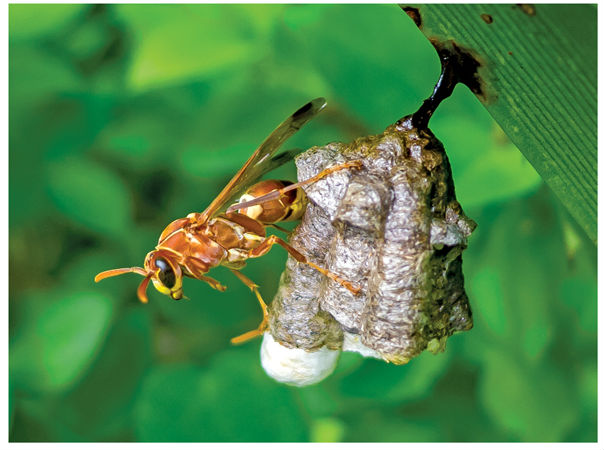
Paper Wasp.
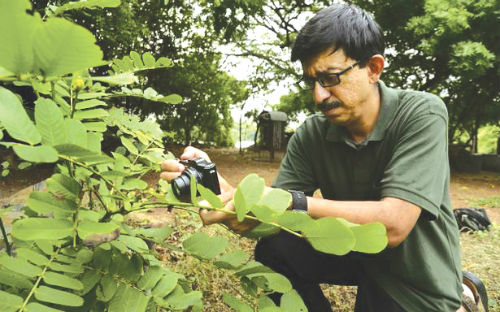
PoochiVenkat at work.
In chapter-2, verse-47, the Bhagavad Gita says, Do your duty without expecting anything in return. Results will follow automatically.
These lines perfectly describe what insects (Poochi, in Tamil) are doing all the time.
Insects are not for the faint-of-heart! Their strange shapes and buzzing and colouring and stinging and creeping can make you a phobic…. or a lover… of these beautiful creatures that have been around from millions of years before us and will live long after all of us have disappeared.
Being in the tropics, our country has an immense variety of insects. New species are being discovered almost every day. The very fact we are alive on this planet is because of them. From pollinating flowers to decomposing detritus to consuming carrion, they are absolutely essential to life cycles and processes on Earth.
Humans regard insects as pests. From using pesticides to destroying habitats to outright elimination, they’re continuously inventing ways to exterminate them! Our actions on this planet are causing a worrisome climate change which is seriously affecting pollinator insects.
Many insects like silkworms and bees are economically beneficial to us as they are used extensively for producing silk and honey. It is vital for us to take a multipronged approach in our conservation effort by increasing insect populations and raising native plants primarily for pollination.
Insects are always hovering around me, and the occasional mosquito or cockroach is my favorite target to wipe out! But the insane interest in these creepies began with a delicious mix of photography and curiosity, which led to a word filled with amazement and wonder. My aim was to capture the infinite forms and colours of these innocuous creatures and maybe later – maybe never – understand their complex names and biology.
This endeavour started 25 years ago in the analogue age, where we had only films and only 36 frames in each roll and no way to ‘preview’ any shot and absolutely no internet! This combination made each click priceless and each breath held, a lifetime of stillness. This also made me study the behaviour of insects, their movements, their habitats, their likes and their dislikes.
One thing became clear: to get that elusive valuable shot, I had to become an insect myself – creeping on the ground, approaching stealthily from behind, distracting by waving from one angle while “attacking” from another angle – The ‘attack’ here refers to the clicking of the shutter! In my relationship with these creatures, I’ve been bitten, stung, and infected, and I’m happy and content to follow their philosophy of duty!
I included arachnids in my book for several reasons. In Tamil, they’re also called “poochi”, they play a very important role in the life of insects, and I’ve done specific research on spiders.
Though Darwin and Linnaeus divided and classified all living organisms on Earth, modern digital technology and genome-level research is changing everything. All divisions are being re-divided and all names are being re-named. Quite soon we may have to identify humans by some other name! I’ve therefore kept scientific jargon and information to a minimum and, in most places, given a transliteration of names and terms.
The pictures in my book are from early negatives (and slides) as well as from modern digital images. Digital image processing has helped me render colours accurately. I started off with a Pentax film SLR camera and worked my way through Nikon and Canon. Today, even compact cameras produce professional-quality macro photographs. At present, I use DSLR cameras from Nikon and Canon, specialised macro lenses from Tamron and Zeiss, dedicated flash units from Nissin, and macro accessories from Kenko. I occasionally take along my compact camera (Lumix LX5) with Leica optics) and some of the pictures in this book are from that small unit!
The purpose of the book is to start you, the unsuspecting reader, on a curious interesting journey into the amazing world of insects just by appreciating the beauty of their shape and colour. I want you to marvel at the variety these creatures display and the fact that all these pictures are from India.
If we go beyond the creepiness, the aversion and all those scary insect movies, to conserve and support insects, then we can live safe, secure and healthy.
If, after reading everything, you want to go further in entomology, research, conservation or photography, I would be proud and happy that this book has done its work.
I apply John Keats’s lines here: A thing of beauty is a joy forever! (Published by Kalamkriya of the Sanmar Group.)

